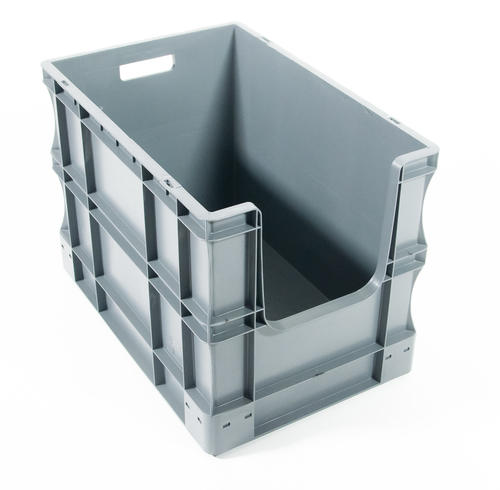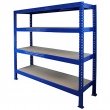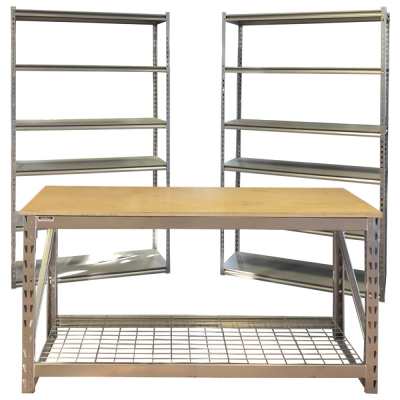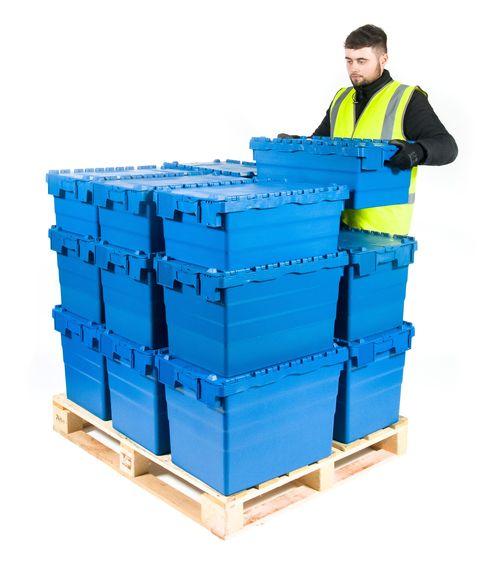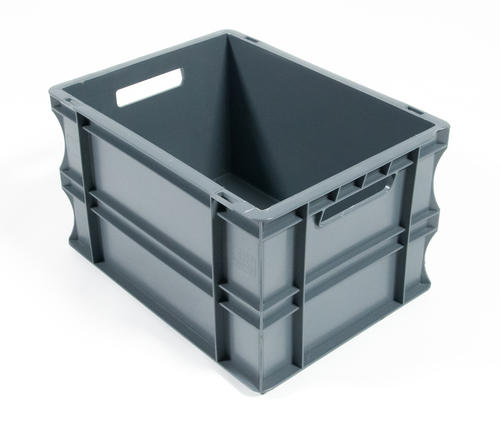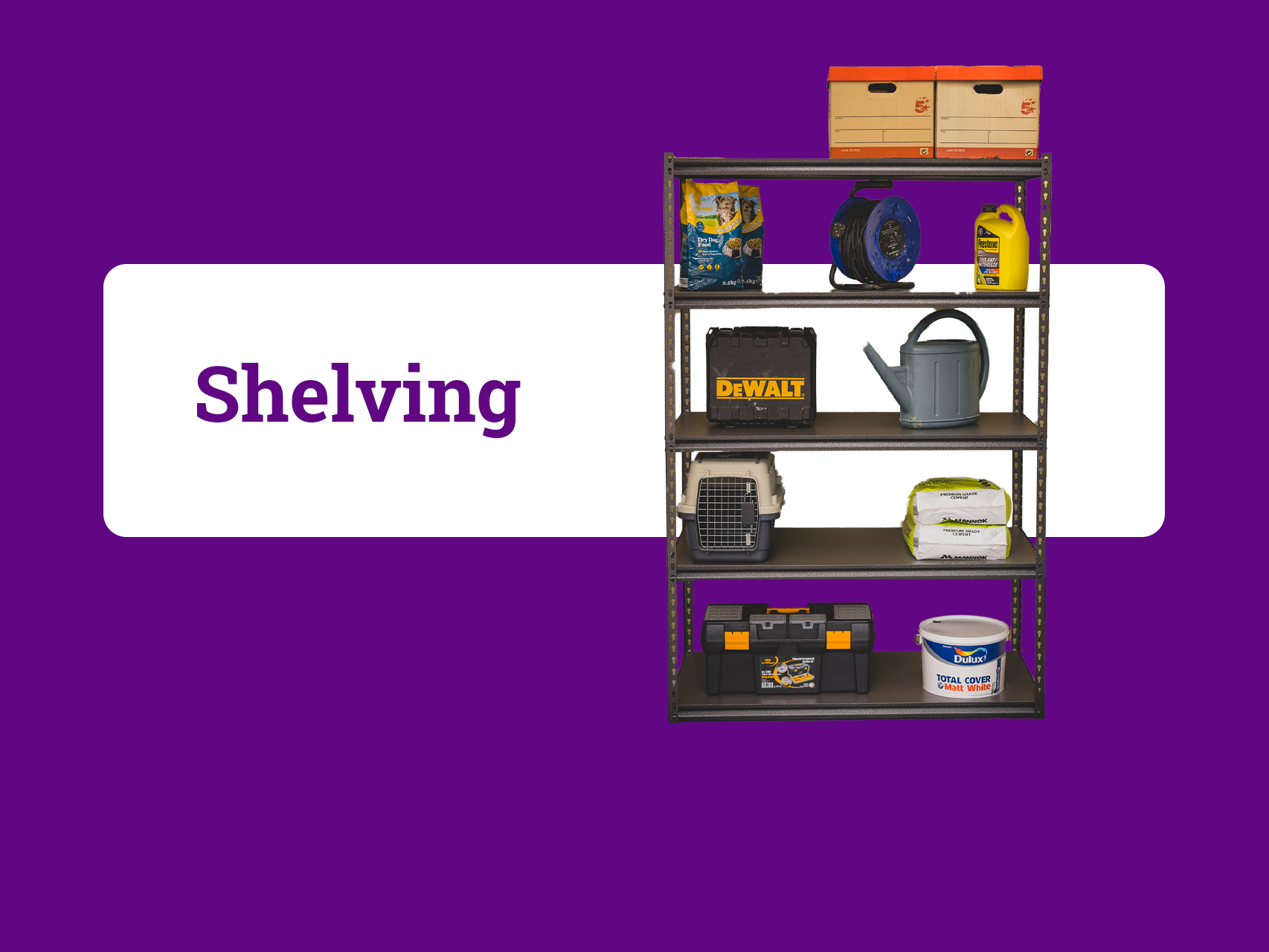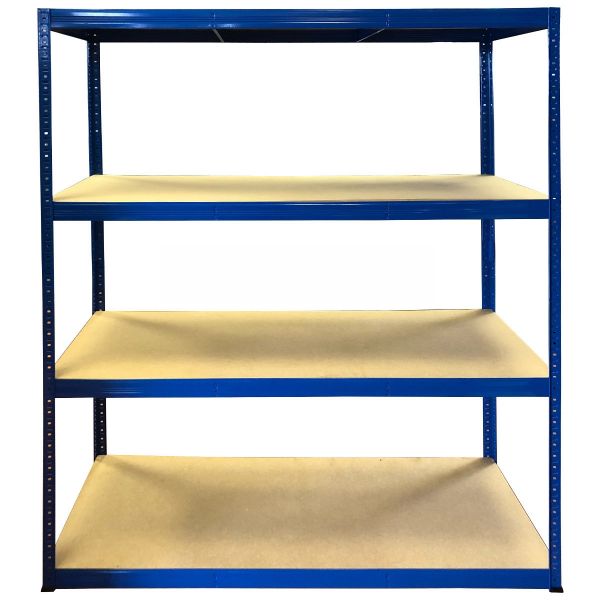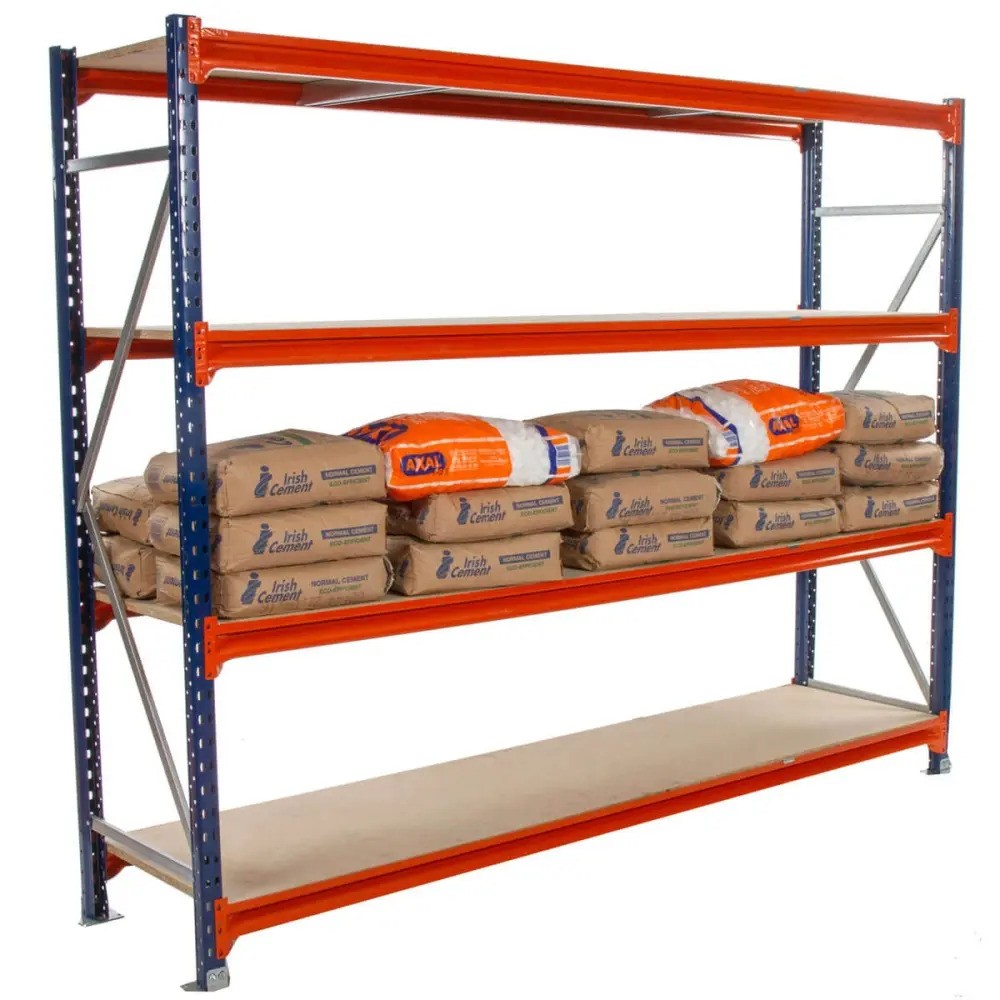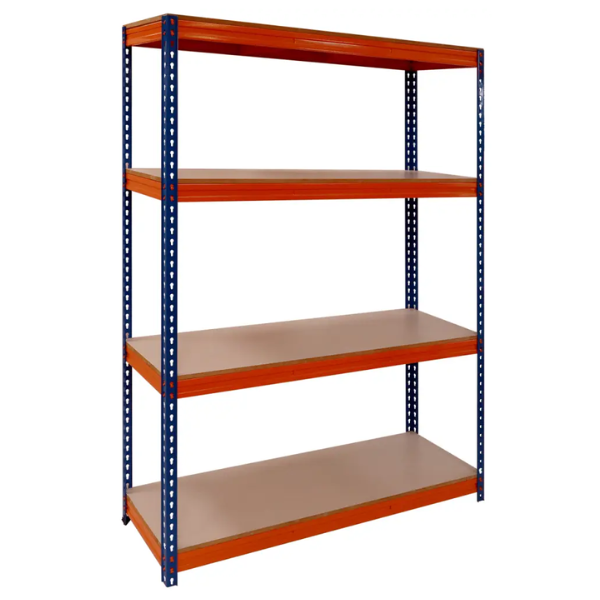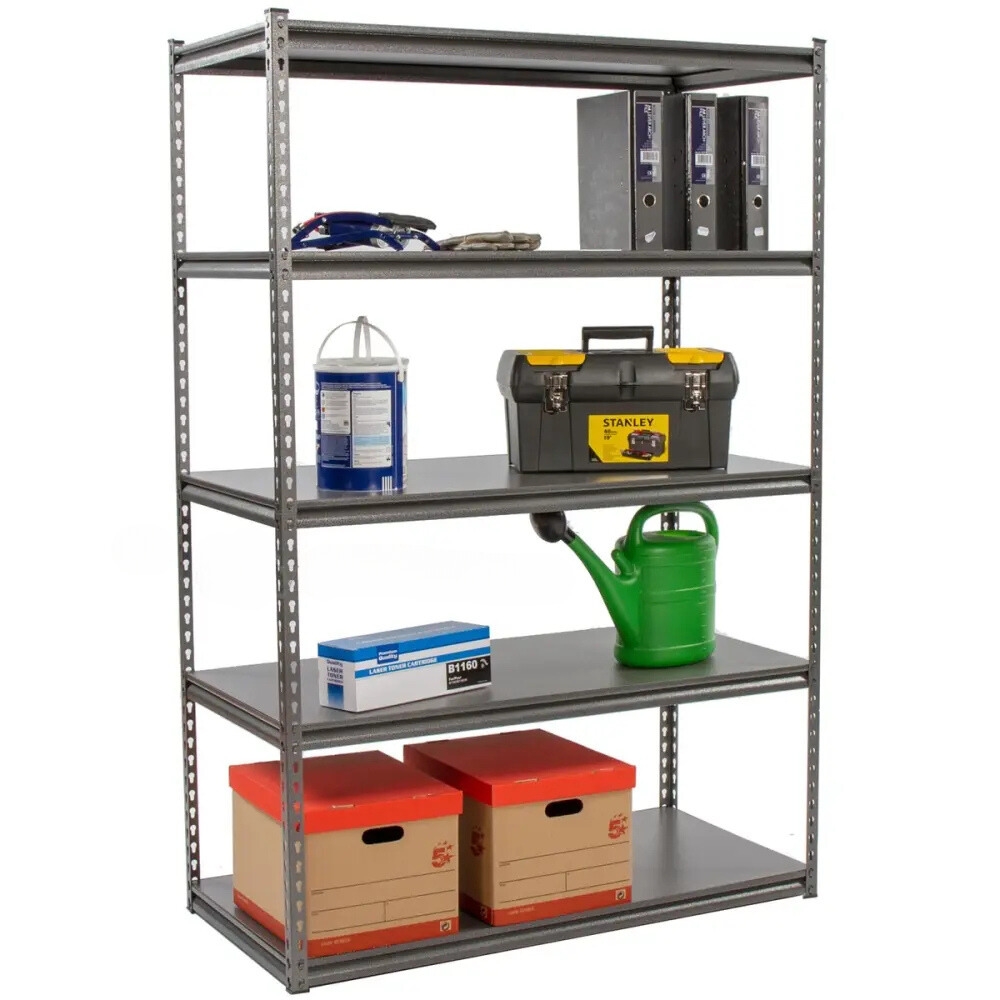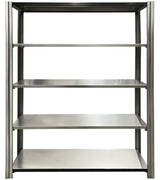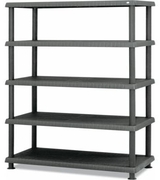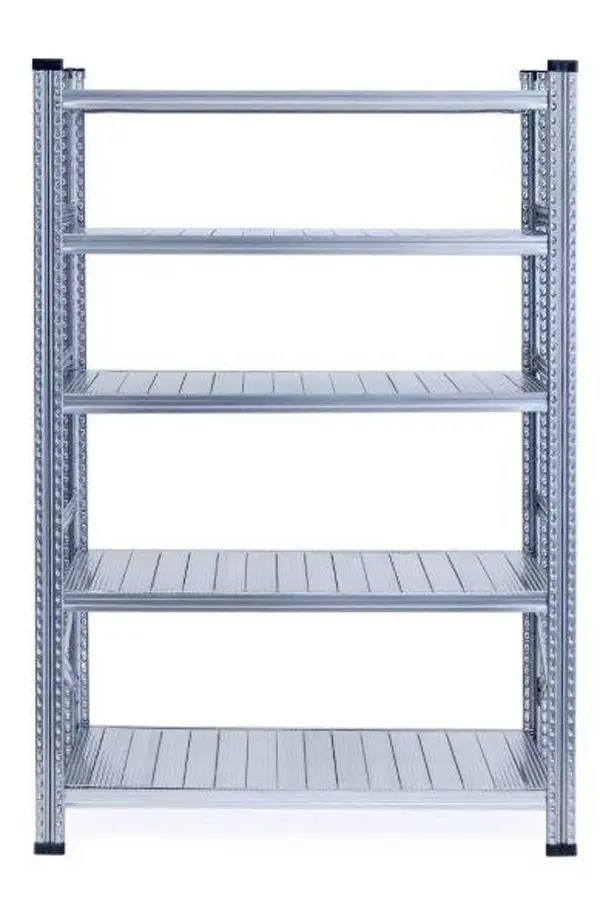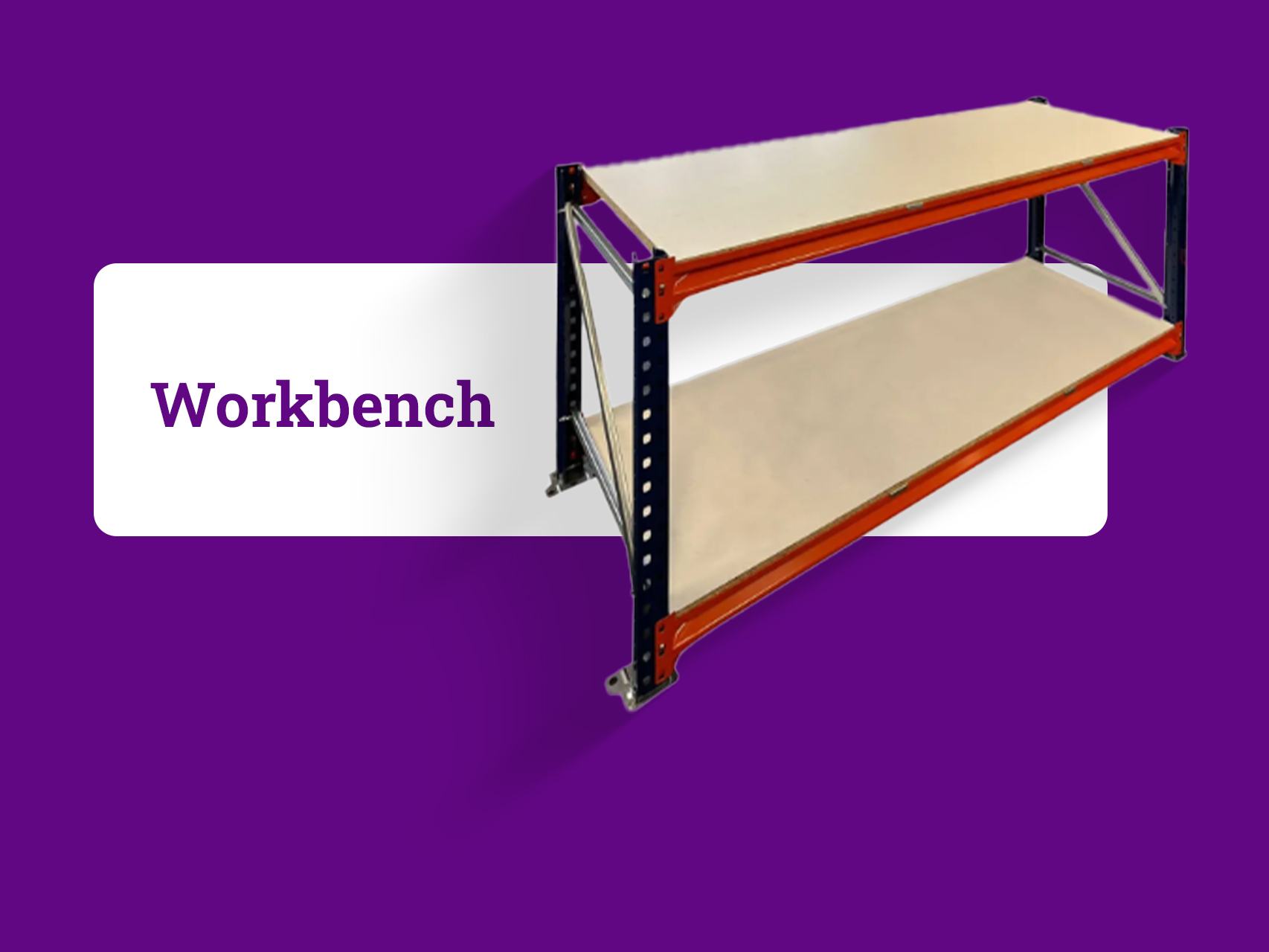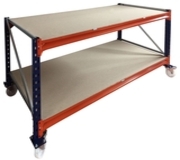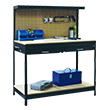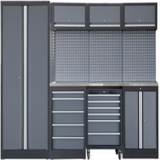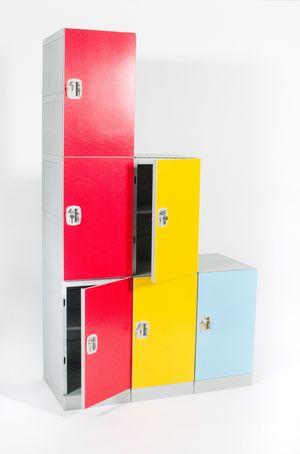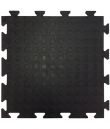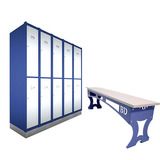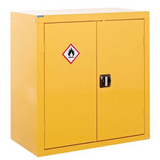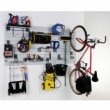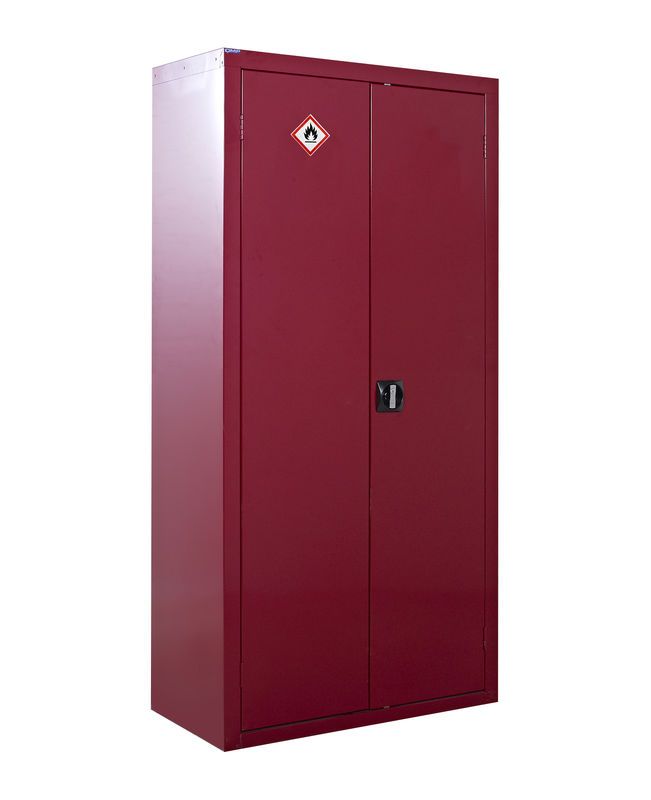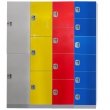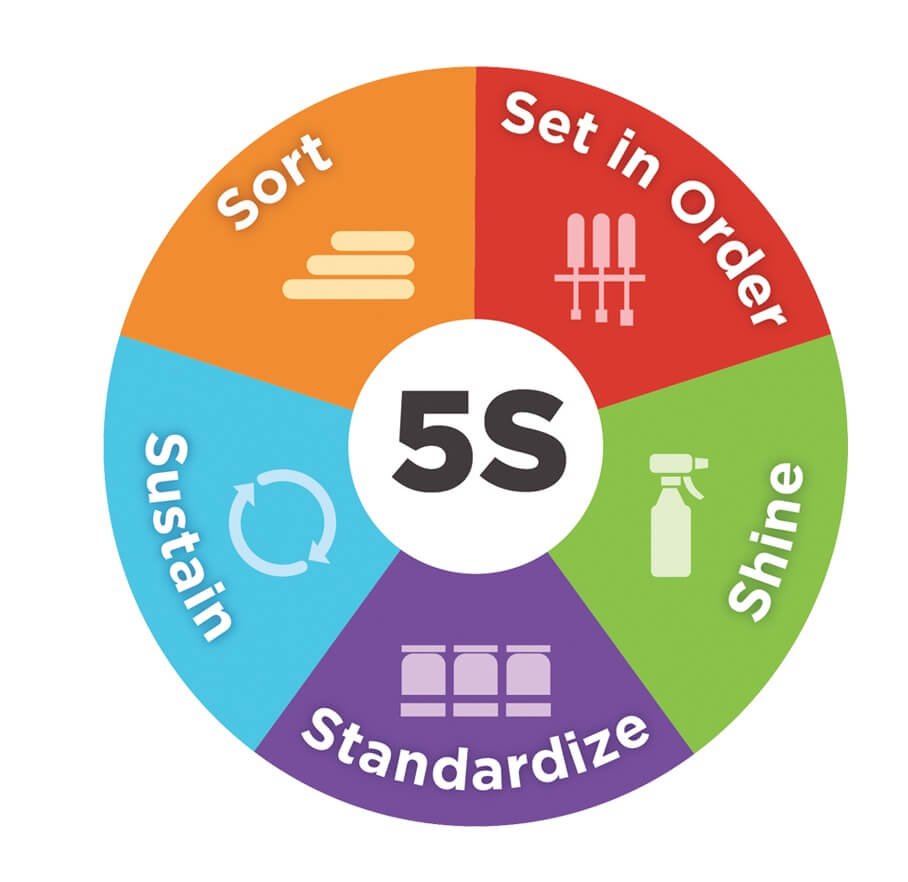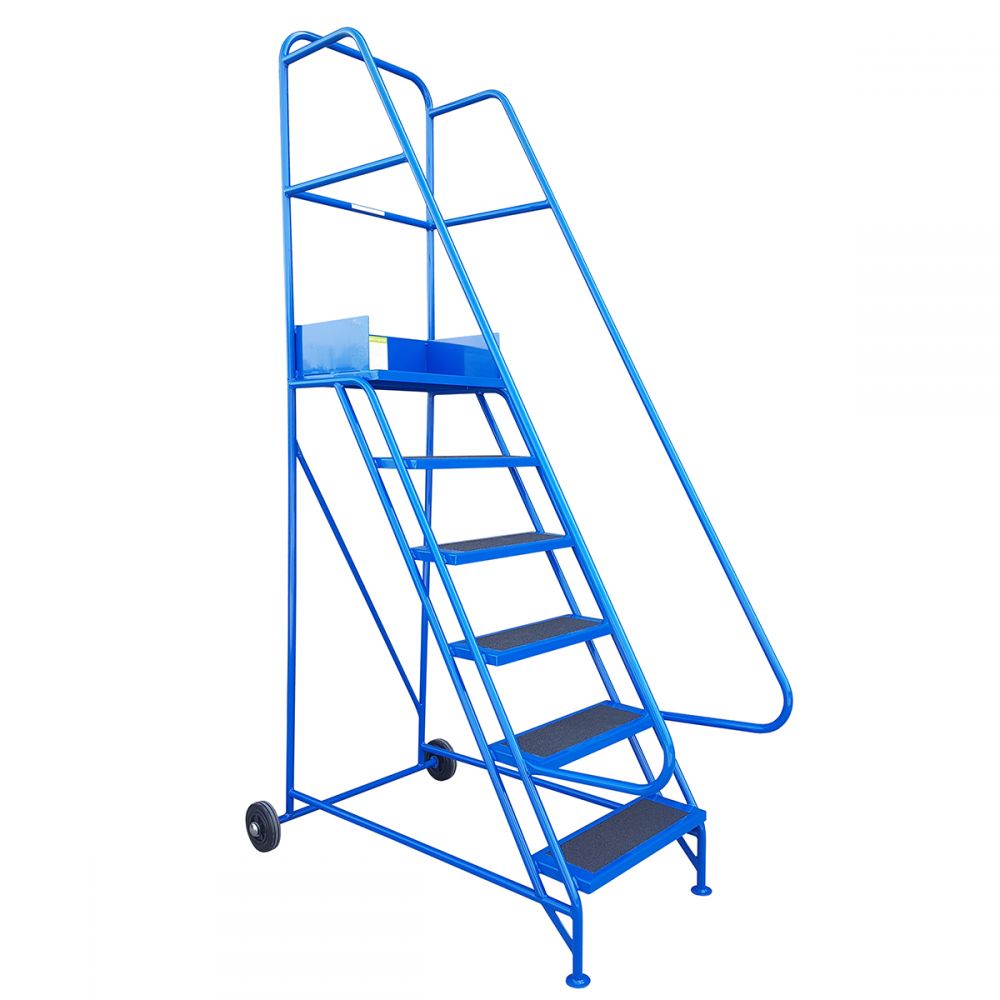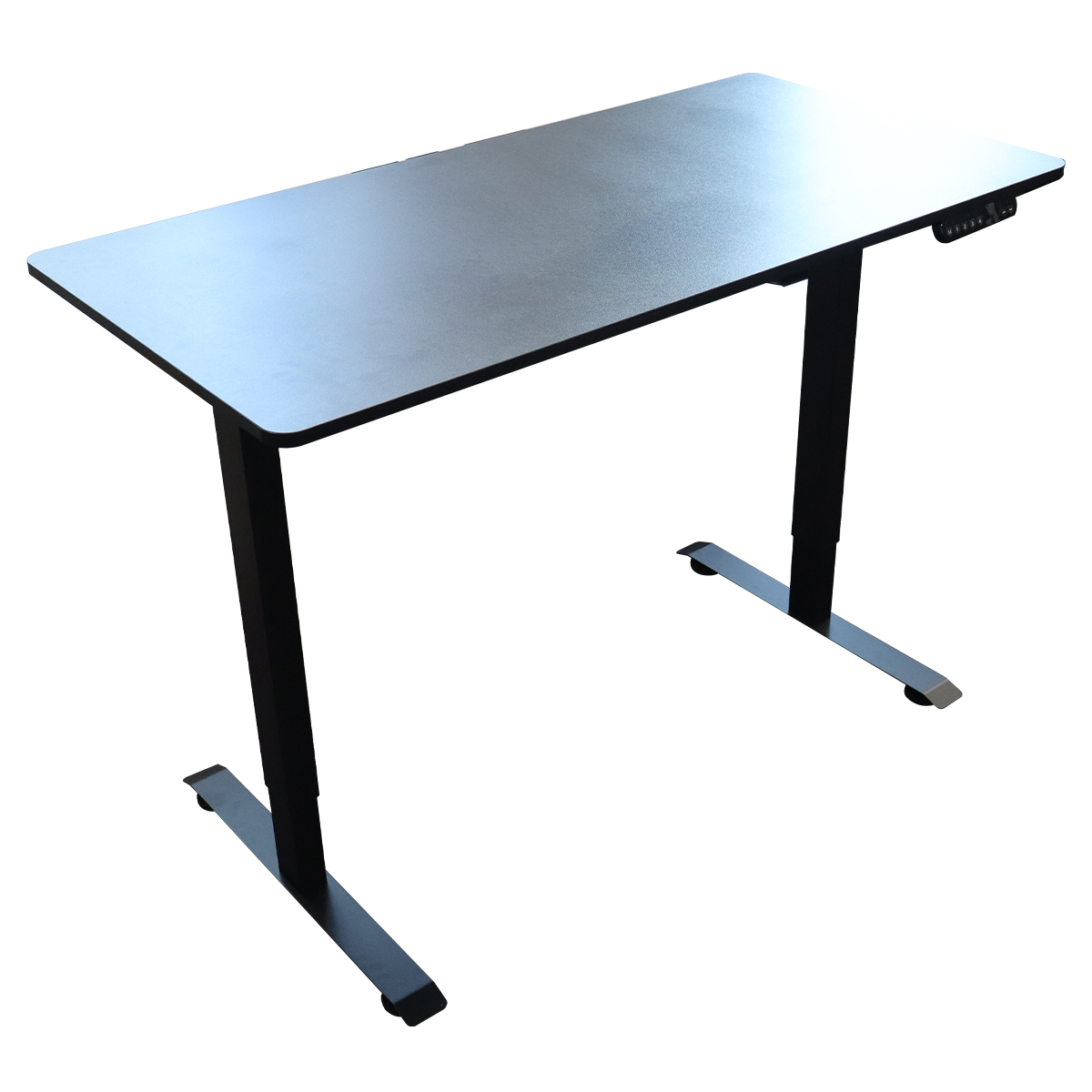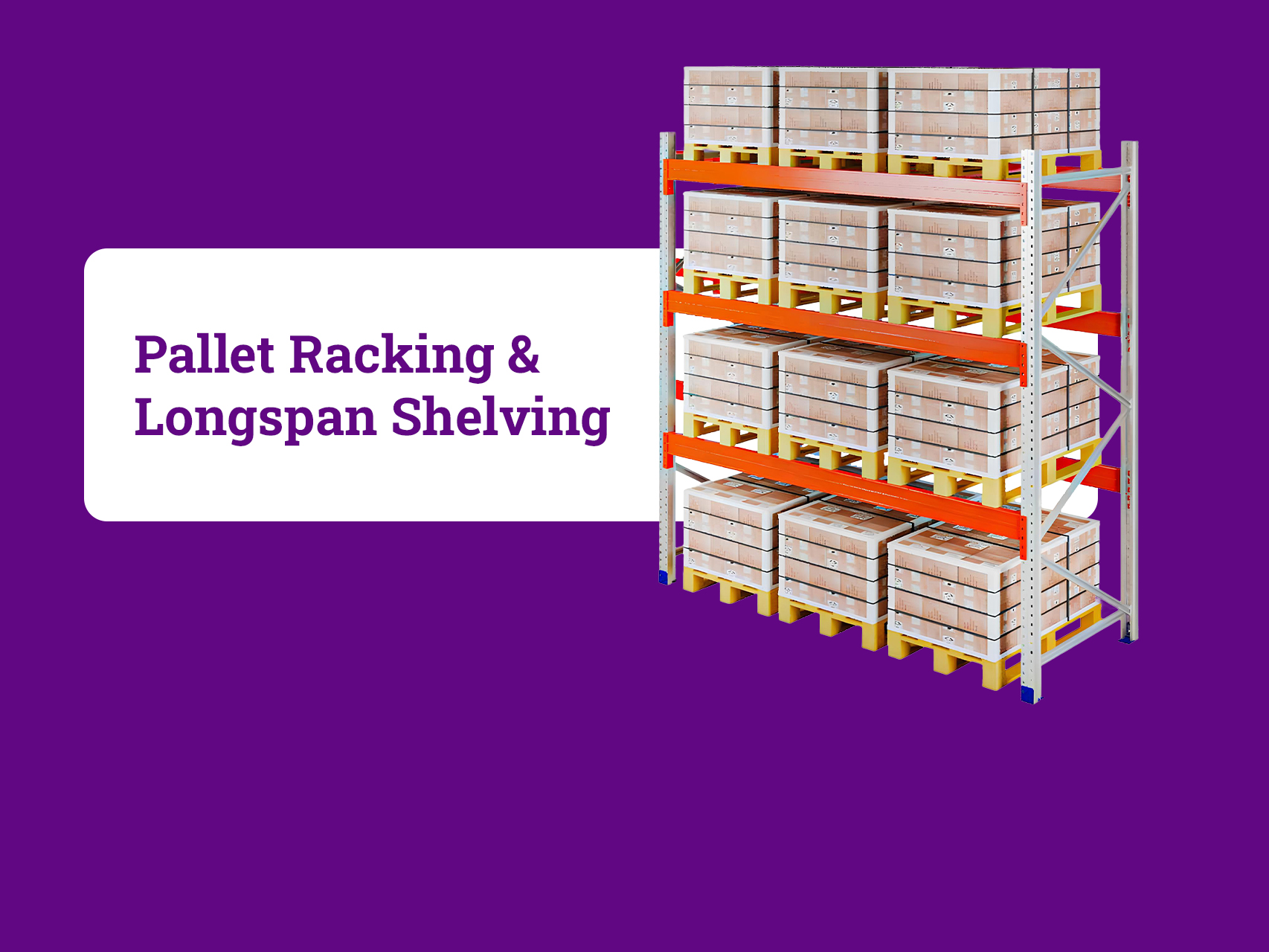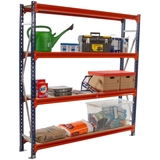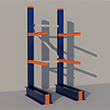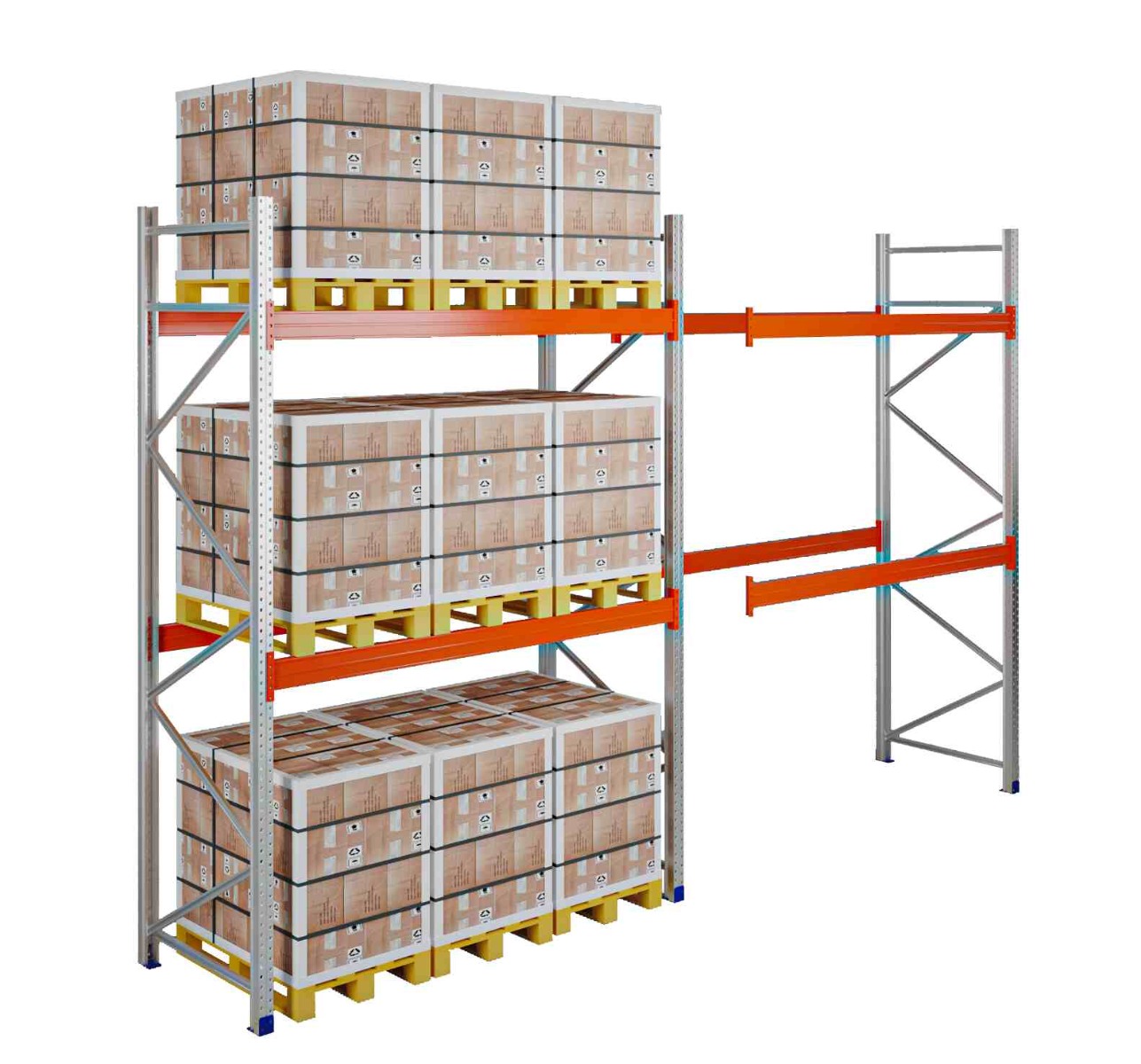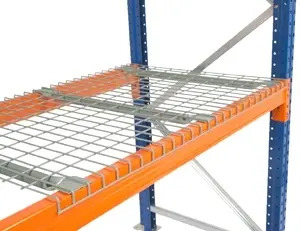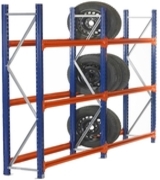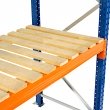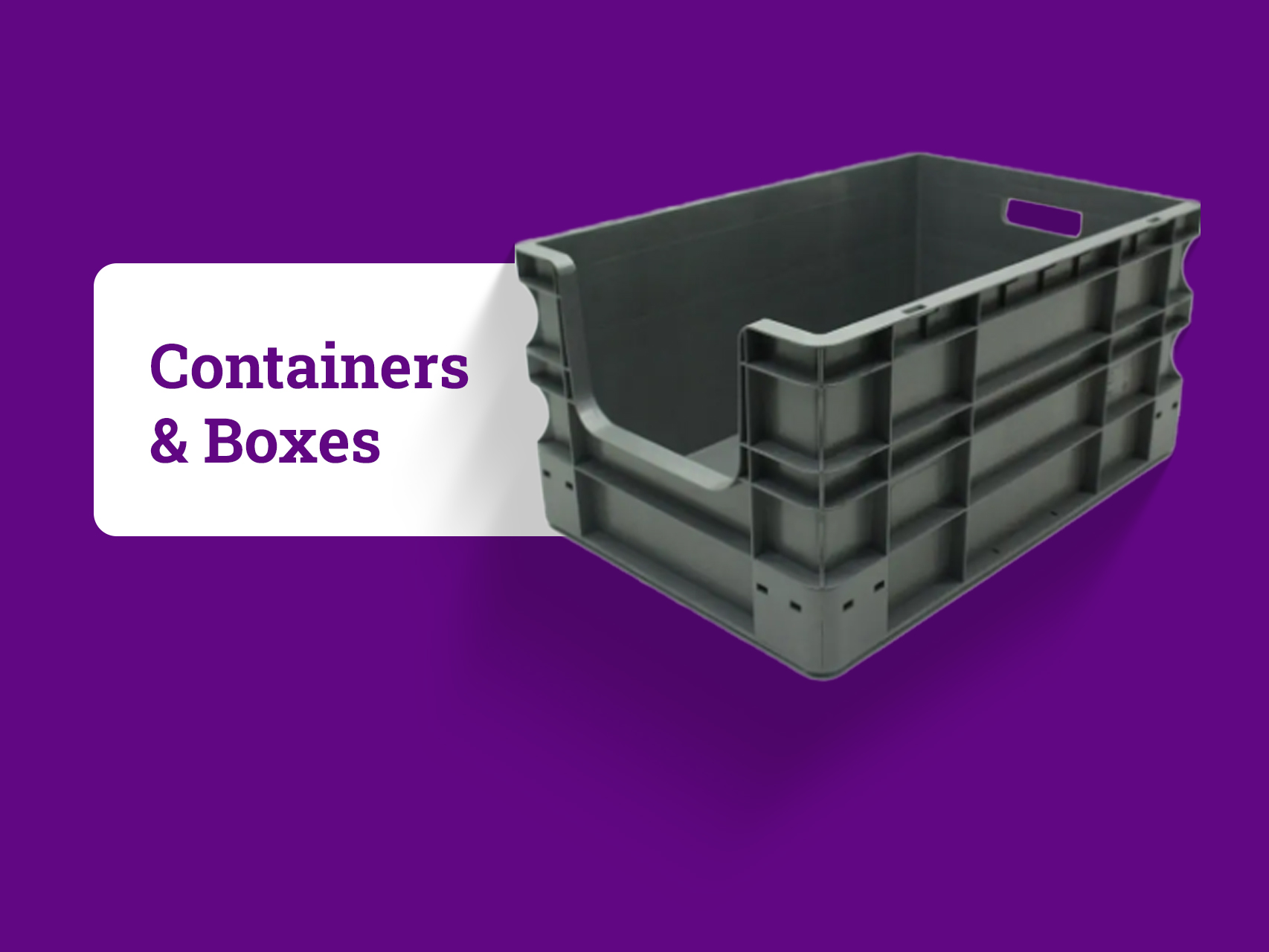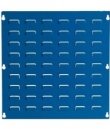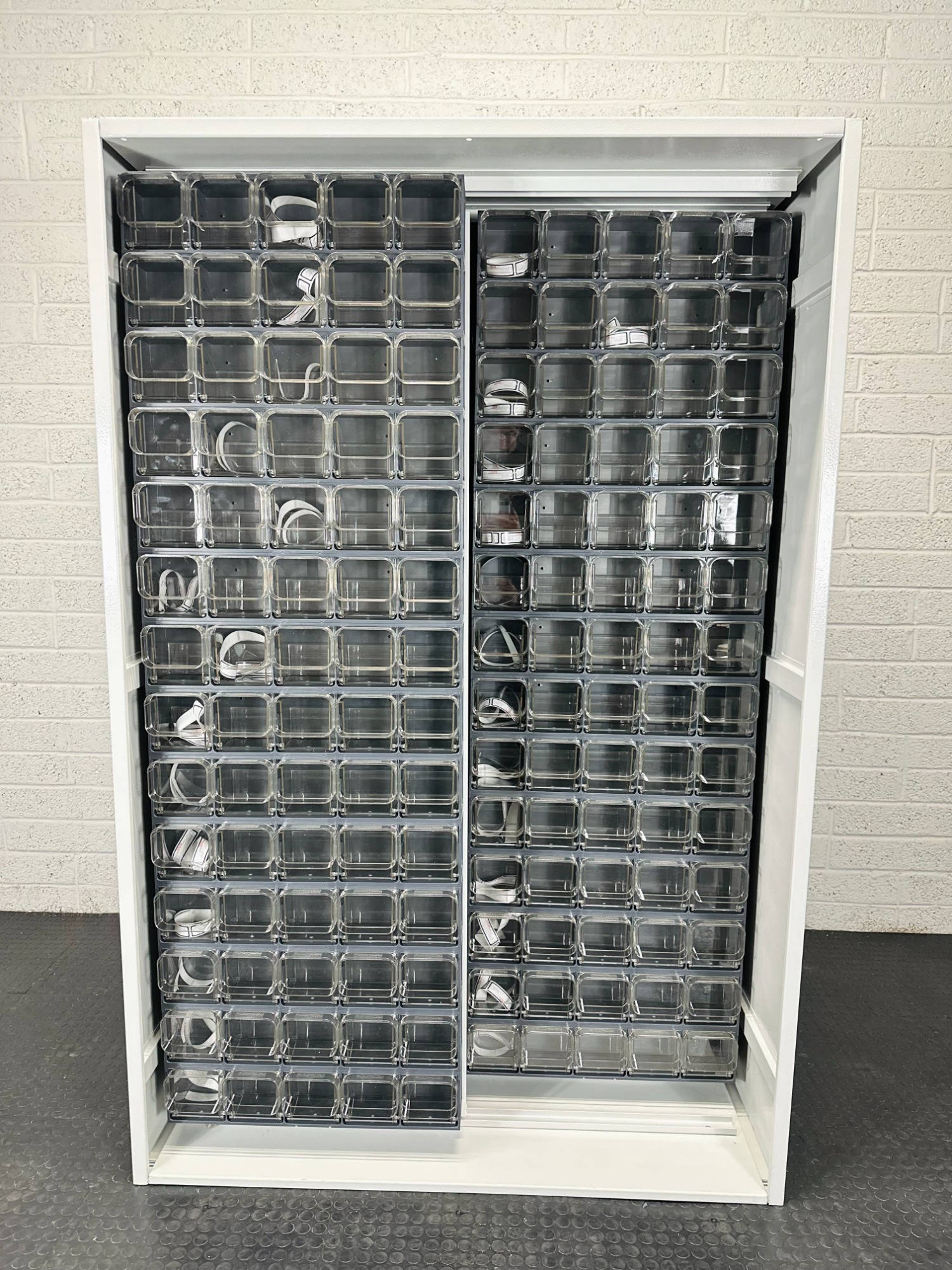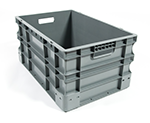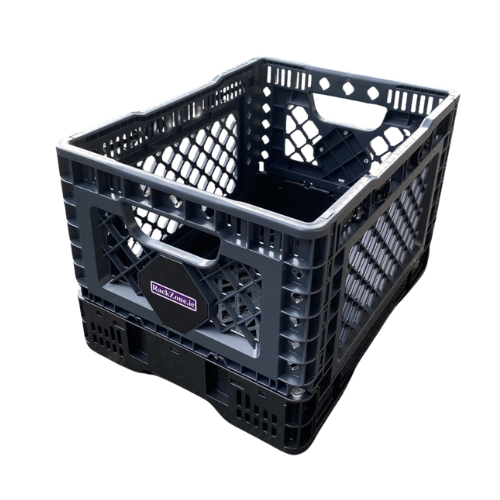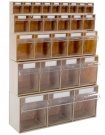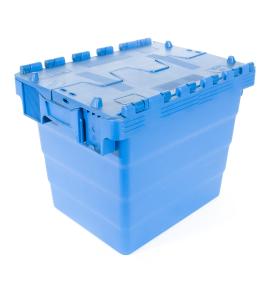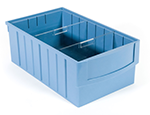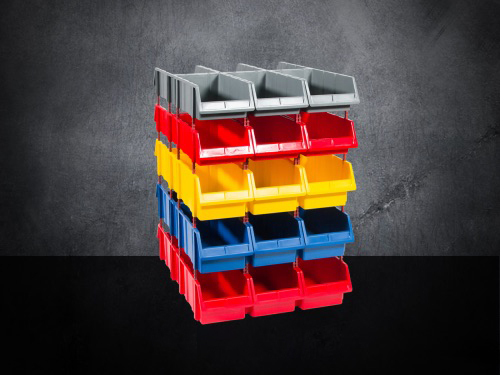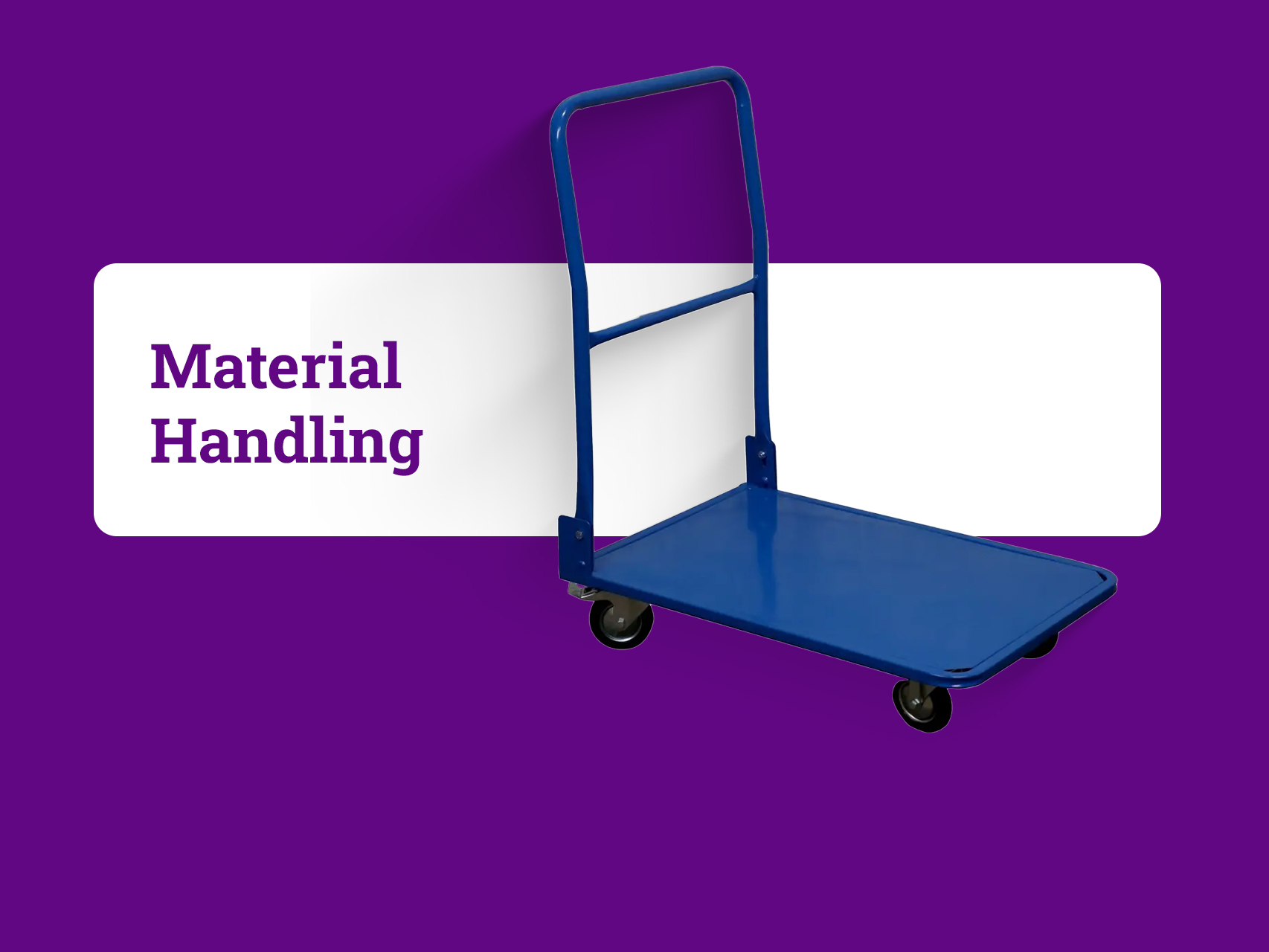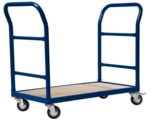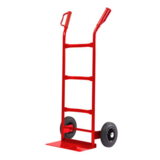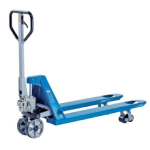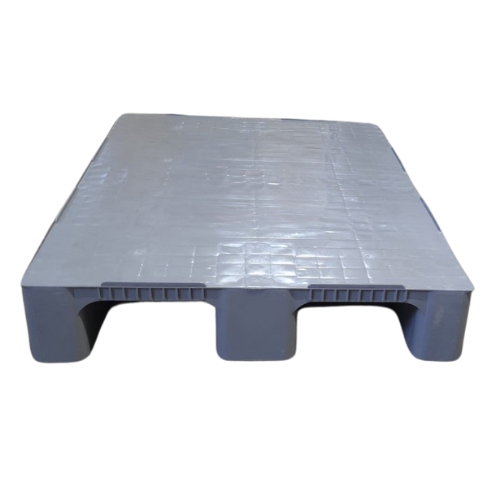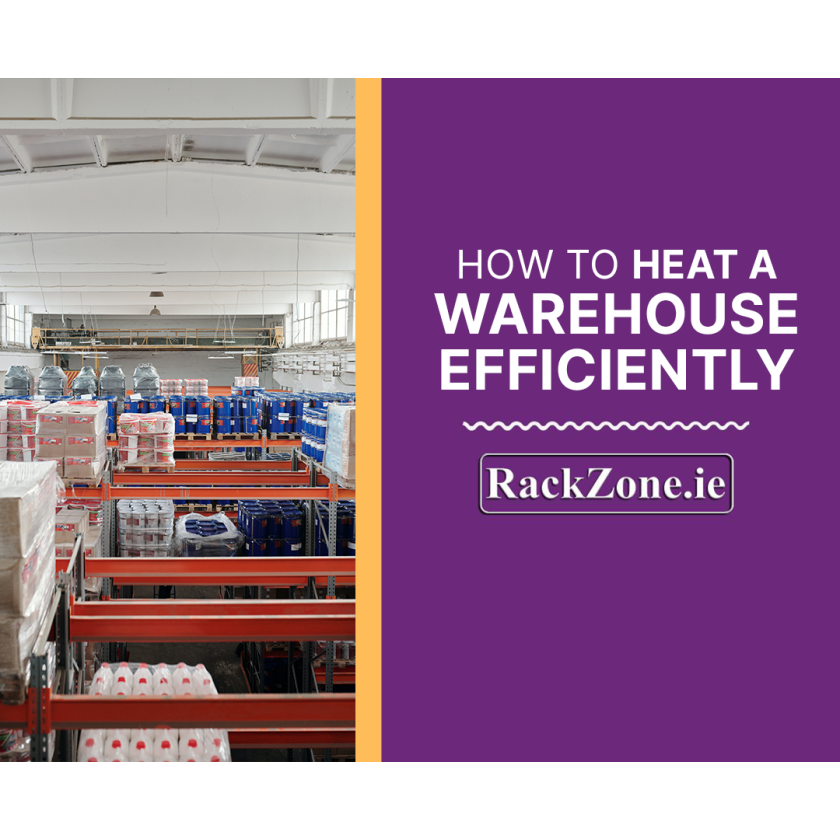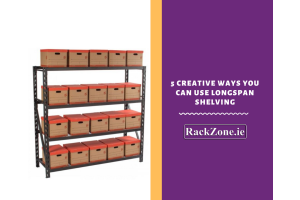How to Heat a Warehouse Efficiently
Warehouses, with their expansive spaces and high ceilings, pose unique challenges when it comes to heating. Ensuring that a warehouse is heated efficiently is not just about maintaining a comfortable environment; it’s also about protecting goods from cold-related damage, reducing energy costs, and promoting worker productivity and well-being. Here's a guide to help you heat your warehouse efficiently.
1. Understand Your Warehouse’s Specific Needs
Before you can choose the best heating solution, it's essential to evaluate the specific needs of your warehouse:
Size and Volume: Larger spaces require more powerful heating solutions. But remember, it's not just about the floor area; consider the volume too.
Layout: Are there partitions, shelves, or closed sections? Heat will move differently depending on these factors.
Usage: Is your warehouse used for storing temperature-sensitive items? Is there a significant amount of human activity?
2. Choose the Right Type of Heating System
Different types of heating systems are available for warehouses:
Radiant Heaters: These heaters produce infrared radiation that heats objects and people directly, rather than the air. They’re particularly useful for warehouses because they can target specific zones.
Warm Air Heaters: These systems heat the air and circulate it throughout the warehouse. They are effective for general heating but can take longer to heat large spaces.
Destratification Fans: Hot air rises, creating a temperature gradient. These fans can push the warm air back down, ensuring even heating and reducing the need for excessive heating.
3. Insulate, Insulate, Insulate
Proper insulation can significantly reduce heating costs:
Roof Insulation: A significant amount of heat is lost through the roof. Insulating your roof will help retain heat.
Wall Insulation: While walls might not lose as much heat as roofs, they still play a role. Ensure they are well insulated.
Seal Doors and Windows: Drafts can significantly affect the temperature inside. Make sure all doors and windows are sealed properly.
4. Regular Maintenance
Like any system, your heating system will work best when it's well-maintained:
Routine Checks: Regularly inspect your heaters for signs of wear or damage.
Filter Replacement: If your system uses filters, make sure to replace them periodically.
Professional Inspection: At least once a year, have a professional inspect and service your heating system to ensure it's operating efficiently.
5. Monitor and Adjust
Utilise smart thermostats and sensors to monitor the temperature in different parts of the warehouse. This allows you to adjust heating as needed, ensuring that no area is overheated or underheated. By targeting specific zones, you can save on energy costs.
6. Consider the Flooring
Cold floors can significantly impact the perceived temperature of a space. Consider using insulating materials or under-floor heating for areas with high human activity.
7. Educate Employees
Teach your employees to close doors promptly, report heating issues, and use heating resources responsibly. An informed team can significantly contribute to energy savings.
Conclusion
Heating a warehouse efficiently requires a multi-pronged approach. By understanding the specific needs of your space, investing in the right heating system, ensuring proper insulation, and maintaining the system well, you can create a warm and productive environment without breaking the bank. Remember, the initial investment in an efficient heating system and insulation can pay off in the long run through reduced energy bills and increased worker productivity. Don't miss out on optimising your warehouse or storage space. Choose RackZone for reliable, high-quality racking solutions tailored to your needs. With years of experience and a dedication to excellence, we're here to elevate your storage strategy. Get in touch with our team of experts today for excellent advice!




